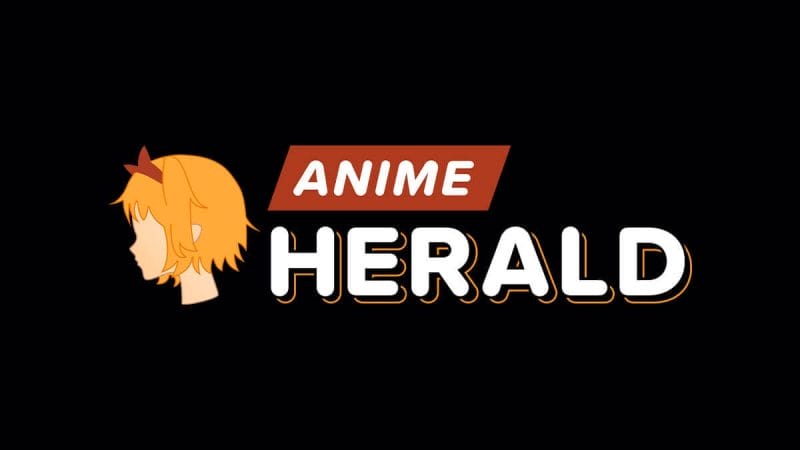 Over the past few months, I’ve made arguments regarding business decisions like FUNimation’s offering of 5,000 free streaming anime episodes, and expensive premium boxed sets. While these arguments may seem unrelated on the surface, they all boil down to the question of value. Value is a phenomenon that interests me greatly. In the world of business, we see marketers and businesses rush to reduce prices for the consumer as quickly as possible. However, we rarely hear talk of giving value to the consumer.
Over the past few months, I’ve made arguments regarding business decisions like FUNimation’s offering of 5,000 free streaming anime episodes, and expensive premium boxed sets. While these arguments may seem unrelated on the surface, they all boil down to the question of value. Value is a phenomenon that interests me greatly. In the world of business, we see marketers and businesses rush to reduce prices for the consumer as quickly as possible. However, we rarely hear talk of giving value to the consumer.
Seth Godin defines value as a ratio of total benefit to price paid. It is the amount of benefit a person can extract from every single dollar that they put into a product or item. When one says something is “expensive”, they don’t always mean that the price is high. However, it is too high in the context of what one gets. As an example, let me put forward the following examples:
- The Kara no Kyoukai films were offered on Blu-ray by Aniplex for a suggested retail price of $399.99
- A 40″ Dynex HDTV sells for $399.99
When asked which is more “expensive”, many consumers will likely choose the Blu-Ray set with little thought. For the benefit they receive from the films, it pales in comparison to that which the TV will deliver. The Kara no Kyoukai set shipped with numerous additional goodies, like a hardcover companion book and a large decorative box. However, the value equation still dictates that the benefits gained do not justify the price for a large segment of the market.
The knee-jerk solution to situations like this is to bring down the price, in an attempt to bring the Value Equation into line. After all – if something is “expensive”, the best solution is to make it cheaper somehow… right?
Not quite.
There’s only so far that a price can drop before it shows negligible benefits to the value equation. Even moreso, going too low in price will actually harm value in the longer term. As prices are pushed down, all else remaining constant, value begins to drop, as benefit outweighs price, and the market definition of “value” changes. The lower prices become the new normal, and people expect all future product to align with these set values. Mind you, this isn’t always a terrible thing – it’s quite nice to be able to buy a full series for $50 on release day.
However, the danger begins when we start seeing pushes for free. Free simulcasts, free legacy titles, free online streaming! It sounds great, doesn’t it?
…Not necessarily.
This current push for free is a dangerous game. With no price tag attached, (well, no real cost at all, to be honest), the value of the product has nowhere to go but down. Things begin to become “cheap”, rather than “inexpensive”. Rather than focus on the free and the cheap, it may be more prudent to find other ways to create benefits for the viewer. Basically, to find ways to increase the value while maintaining the lower prices we currently enjoy. Companies like NIS America and FUNimation have made attempts of this by adding features and bonuses to their initial runs of shows on DVD, and Crunchyroll has given paying members benefits like early access to episodes, and higher quality video streams. These have both added some benefit, some reason to make that extra $5 or $6, or even $10 in NISA’s case easier to justify for many.
Finding new ways to increase the value of products will be vital as the market tries to weather a lagging economic recovery, a shrinking TV market to use to showcase product, and a retail presence that shrinks by the year. Hopefully, though, we’ll see more attempts to evenly balance the value equation going forward, as worrying about just one half will surely lead to problems down the road.
The Value Equation can be summed up as VALUE = Benefit / Cost.












